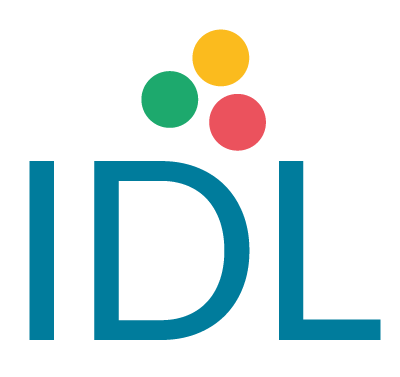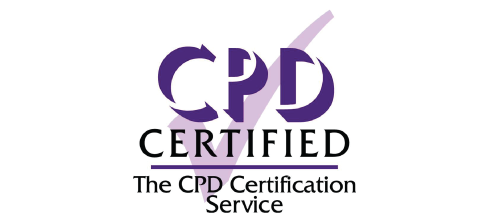Dyslexia awareness and intervention in the United States of America (USA) is becoming more prominent with 46 states having laws in place. At IDL we have over 40 years experience in education and we are delighted to work with over 50 schools in the USA and thousands worldwide. Our mission is to raise awareness of dyslexia and support thousands of pupils across the US in the future.
Below we explore dyslexia in the USA and how IDL Literacy can help pupils with dyslexia.
The United States Federal Law defines dyslexia as “an unexpected difficulty in reading for an individual who has the intelligence to be a much better reader most commonly caused by a difficulty in the phonological processing (the appreciation of the individual sounds of spoken language) which affects the ability of an individual to speak read and spell.”
Teaching Strategies for Supporting Learners with Dyslexia
Many schools in the USA have a 3-tiered approach to supporting learners with dyslexia which you may be familiar with:
- Tier 1 – this is reading instruction provided to all students in a class.
- Tier 2 – supplemental small reading group focused on foundational reading skills.
- Tier 3 – provided to students who do not progress after a reasonable amount of time with the tier 2 intervention and require one-to-one training.
IDL Literacy is a cloud-based multi-sensory intervention which can help pupils in all three tiers make progress with reading and spelling. It is proven to increase the reading and spelling ability of students with dyslexia and other learning difficulties by an average of 11 months after just 26 hours of use. Furthermore our extensive research has shown that pupils often report increases in confidence and self-esteem which translates positively into other areas of their lives.

Successful teaching strategies for dyslexia include the following 4 key elements:
1. Phonics – Learning to read and spell in an alphabetic language relies heavily on:
- Phonemic awareness – the ability to hear identify and manipulate sounds.
- An ability to establish the alphabetic principle that graphemes (letters) represent phoneme (sound).
Difficulties in these phonological processing skills can distinguish between those who have dyslexia and those who do not.
Through its multi-sensory design IDL Literacy teaches learners how to identify sounds and put words together and ultimately help them to build confidence in reading and spelling.
2. Multi-sensory teaching – Reading and spelling require an ability to make links between letters and sounds. By teaching in a multi-sensory way using visual auditory oral kinaesthetic tactile kinaesthetic channels it allows neural pathways to be developed and strengthened within the brain. Employing as many senses as possible simultaneously will improve processing and speed of retrieval from memory.
IDL Literacy incorporates sight sound touch and voice. Students see and hear the words type and repeat then read aloud and listen back. Research suggests that information heard via one’s own voice is absorbed more readily than via others voices.
3. Structure – Learners with dyslexia have difficulties with sequencing i.e. putting things in an order. As a result it’s important to have structure in lessons that gradually builds the learner’s knowledge and provides time for revision and to review what has been learned. Structure alleviates pressure on memory skills and develops automaticity and confidence.

IDL is tightly structured to provide comprehensive and specific teaching tailored to individual need. Sequenced modules contain lessons in sentence format with story themes interspersed with spelling grammar and punctuation exercises. Each learning focus is introduced demonstrated practised and consolidated before progressing to the next focus. Previous learning is continually reinforced throughout the program.
4. Overlearning – Students with dyslexia will usually exhibit working memory deficits and process information slower particularly if the information is given verbally. As a result repetition and multi-sensory strategies are key for learning for those with dyslexia to allow for successful transfer of information into their long-term memory and ensure automaticity of skill.
IDL Literacy has been developed to a model of 80% revision and 20% new learning helping students to retain what they have learned and gradually building their knowledge and skills.
Personalised Approach
It is also important that dyslexic students are able to personalise texts to suit their learning style for example choosing text backgrounds and fonts of reading materials. Visual processing difficulties and/or visual stress can often contribute to reading difficulties. Blurring movement of words and difficulty with tracking may be some of the problems experienced by dyslexic learners. Black text on a white background may be particularly difficult to see comfortably. On the IDL Literacy program pupils select the background and text colours that they are most comfortable with. The selected colours will then be set up for the student’s working area on IDL.
If you would like a free trial of IDL in order to see for yourself how it can help your students with dyslexia please click here to contact us.












